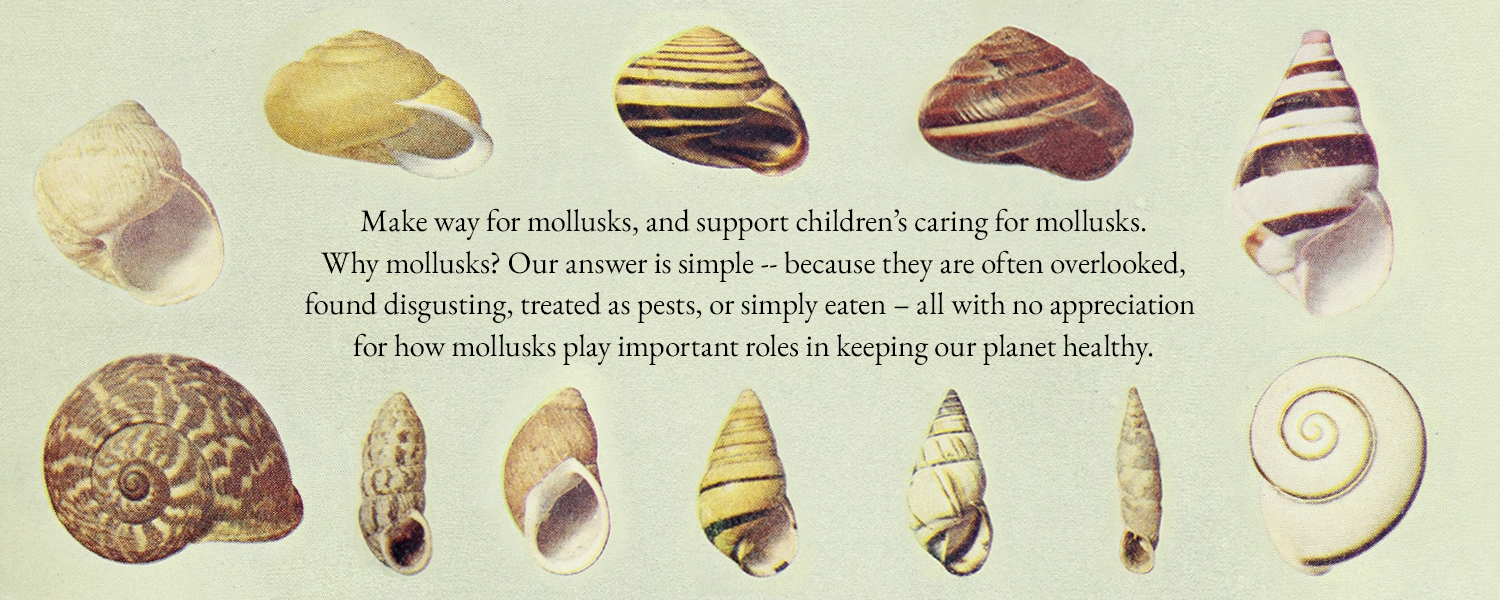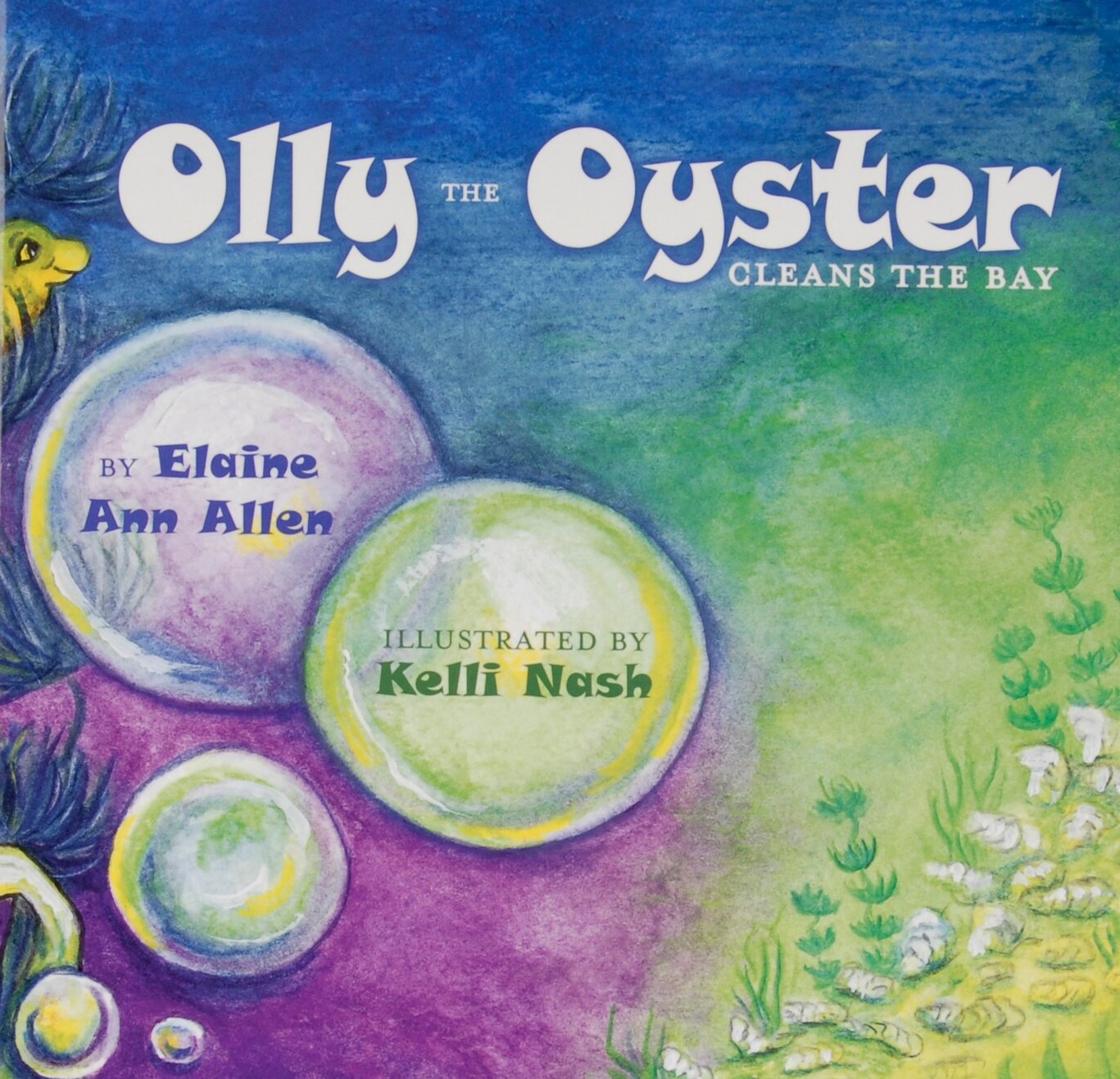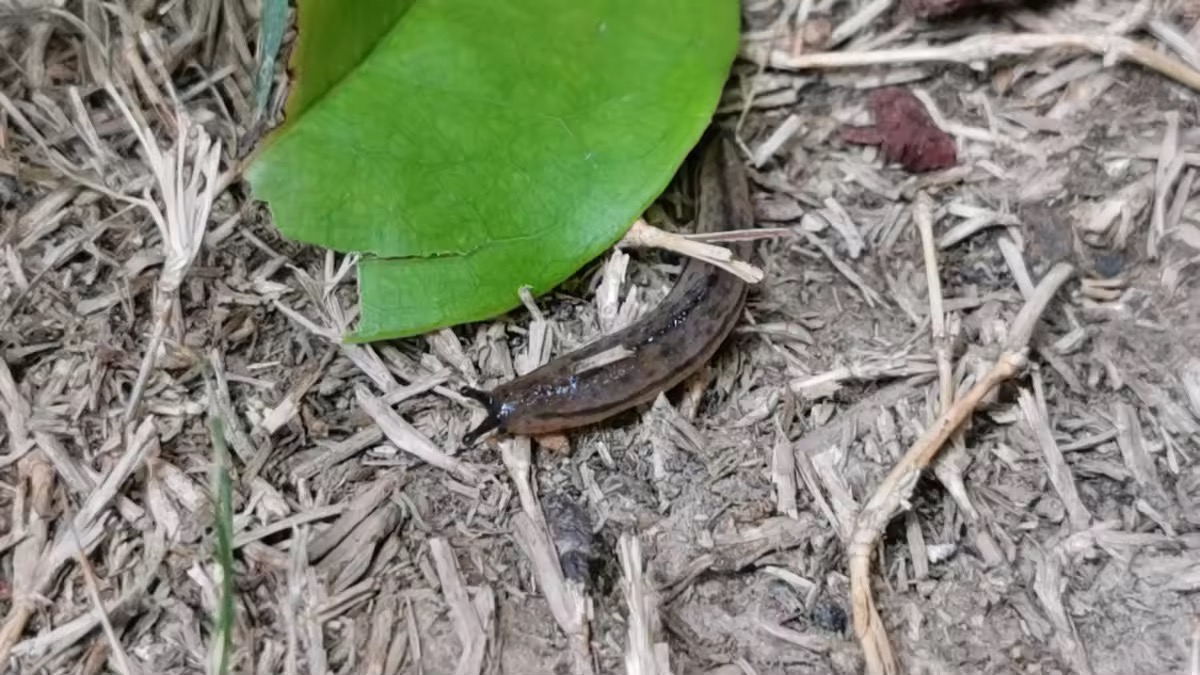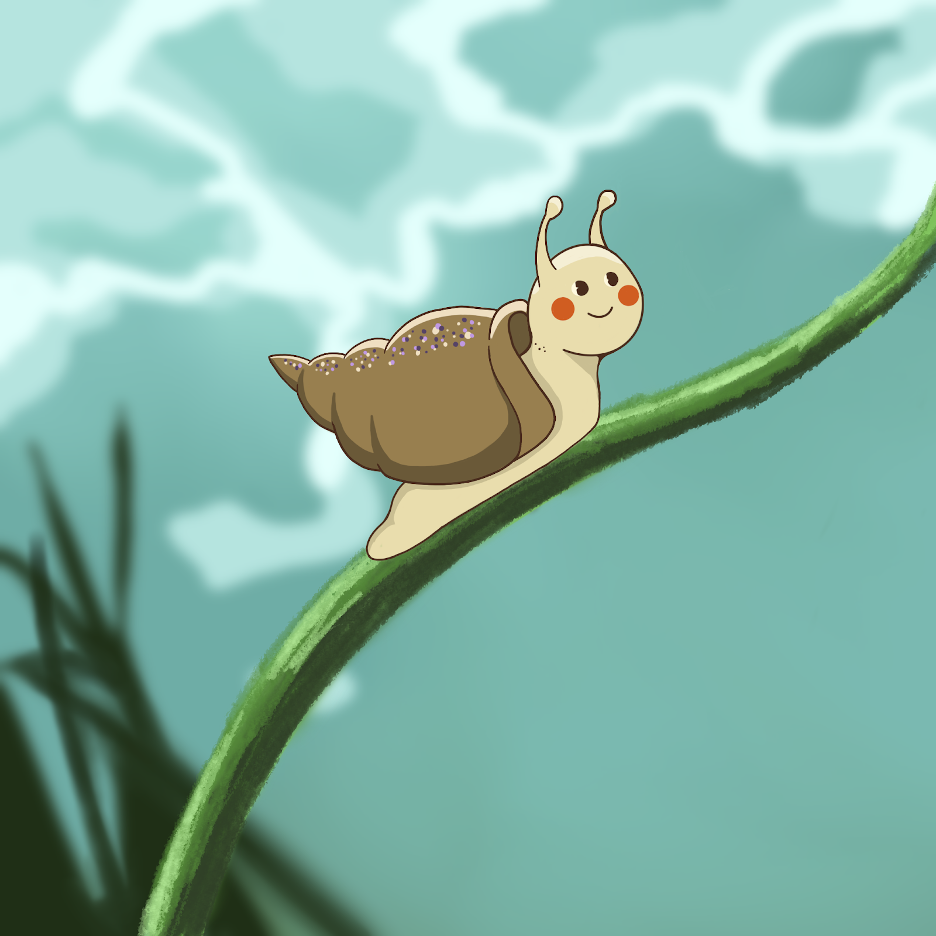Make Way For Mollusks

Part One: Oysters
Oysters are delicious. But their contribution goes far beyond their being tasty.
In particular, they clean the water that humans make dirty and their reefs protect shorelines from storms.
For these services, they deserve our care and protection.
Nature’s Cleanup Crew: The Remarkable World of Olly the Oyster
Review by Leah Harrigan
Exploring the importance of oyster reef habitats, Olly the Oyster Cleans the Bay introduces readers to the transformative power of marine life helpers. In the book, author Elaine Ann Ellen blends educational concepts about natural water purification with a compelling story of one little oyster seeking to make a difference.
Oysters are Our Friends
By W. George Scarlett
Oysters lying side by side,
Keeping back the ocean’s tide.
Slurping food from water’s yuck
Then spitting back where yuck gets stuck.
Cleaning up the estuary
So fish might live and children swim
As shores keep their shorelines trim,
And wonder comes to tarry.
The Billion Oyster Project – Getting Kids Involved
The “Billion Oyster Project” in New York City is a model for getting children and youth involved in restoring nature and letting nature restore the planet. Here is one of many films documenting BOP’s impact not only on the New Harbor but also on the education of children and youth and their development as earth stewards.
Part Two: Snails and Slugs
Snails and slugs can be pests, but they can also play important roles in ecosystems – as food sources, decomposers, and more.
Time to give them credit where credit is due!
A Journey of Life with Snails and Slugs
By Fangfang Xiao, translated by Qin Shu
One morning, after a rain, teachers Yue and Qi found a small mollusk, without a shell, climbing on the osmanthus tree. They quickly drew children around and sparked a discussion. The next day, Zhou brought a book called Life Story in which everyone found the answer to the question of the animal’s name.— “It’s a slug!”, one of the mollusks. After that, another question arose—”Is there any relationship between snails and slugs since they are so similar to each other?” The questions continued, but the answers did not end the children’s doubts.
Salt Marsh Periwinkle Poem
By W. George Scarlett, Illustration by Angelina Lewis
Salt marsh periwinkle safe when tide is out.
But tide’s now rolling in with blue crabs all about.
Up goes periwinkle climbing smooth cordgrass.
Now those hungry blue crabs will have to swim on past.
Make Your Own Periwinkle Snail Habitat
By Leah Harrigan
Children can see and feel the magic of ecosystems by creating a “Periwinkle Snail Habitat” using common household materials. This hands-on project will help them understand the role of snails in our environment while having some fun along the way.






